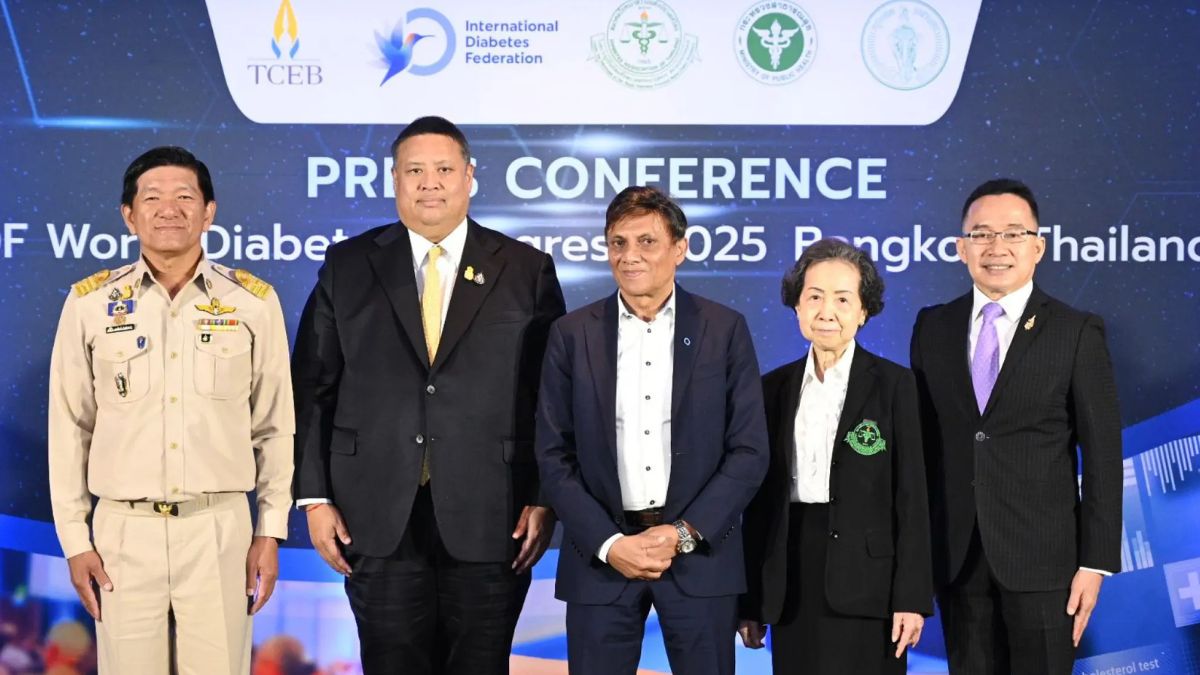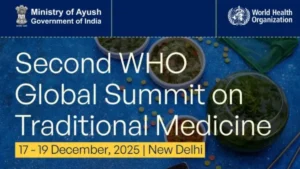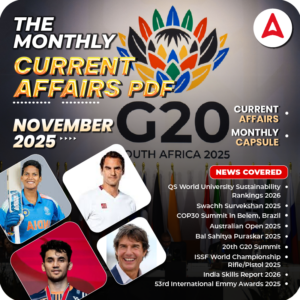World Health Organization (WHO) and the International Diabetes Federation (IDF) jointly hosted a hybrid side event at the IDF World Diabetes Congress in Bangkok, Thailand. Themed “Bridging gaps: Integrated strategies to address TB and diabetes”, the session highlighted the overlapping global burden of tuberculosis (TB) and diabetes, discussed WHO’s latest guidance, and explored country-specific challenges and opportunities for integrated, people-centered care.
Key Exam
Event Overview
- Date & Time: 8 April 2025, 07:30 – 08:30 CEST
- Event Format: Hybrid (in-person + online)
- Venue: IDF World Diabetes Congress, Bangkok, Thailand
- Hosted By: WHO and International Diabetes Federation (IDF)
- Theme: Bridging gaps: Integrated strategies to address TB and diabetes
Why This Event Matters
- Addresses the synergistic public health burden of TB and diabetes.
- Emphasizes integrated, people-centered healthcare within primary health systems.
- Aims to help countries achieve universal health coverage (UHC) and meet global health goals like the SDGs.
- Global Burden: TB & Diabetes
Tuberculosis (TB)
- Leading cause of death from a single infectious agent.
- 1.25 million deaths out of 10.8 million TB cases in 2023.
- Diabetes
- WHO–Lancet 2024 data: 828 million adults (18+) have diabetes globally.
- Increase of 630 million cases since 1990.
- Rapid rise in low and middle-income countries (LMICs) where TB is also prevalent.
Link Between TB and Diabetes
- Diabetes increases risk of developing TB.
- Around 15% of TB patients globally also have diabetes.
- Diabetes leads to worse TB treatment outcomes and higher mortality risk in co-affected individuals.
Key Points from the Event
- Launch of WHO’s new guidance on TB–diabetes collaborative care.
- Focus on integrating diabetes screening and care within TB programs and vice versa.
- Emphasis on early diagnosis, bidirectional screening, and co-management of both diseases.
Featured insights from,
- A TB survivor living with diabetes.
- Academics, healthcare implementers, and policy makers from high-burden countries.
Panel discussion explored,
- Cross-sectoral collaboration.
- Health system strengthening for dual disease care.
- Opportunities to scale up innovations and tech-based solutions.
Policy Relevance & Strategic Goals
- Supports WHO’s End TB Strategy and Global Diabetes Compact.
- Contributes to SDG 3: Ensure healthy lives and promote well-being for all.
- Advocates primary health care strengthening, especially in LMICs.
- Promotes universal health coverage (UHC) by improving access to integrated services.
| Summary/Static | Details |
| Why in the news? | Integrated Strategies to Address Tuberculosis and Diabetes WHO & IDF Event 2025 Bangkok |
| Event Name | Bridging gaps: Integrated strategies to address TB and diabetes |
| Format | Hybrid (online + offline) |
| Venue | IDF World Diabetes Congress, Bangkok, Thailand |
| Organized by | WHO and International Diabetes Federation (IDF) |
| Key Focus | Integrated TB-diabetes care, WHO new guidance, country challenges |
| TB Burden (2023) | 10.8 million cases, 1.25 million deaths |
| Diabetes Burden (2024 data) | 828 million adults affected; +630 million since 1990 |
| TB–Diabetes | Co-morbidity ~15% of TB patients also have diabetes |
| Risk from Diabetes | Increases TB susceptibility, poor outcomes, higher mortality |
| WHO Guidance | Goal People-centered, integrated care within primary health systems |
| Strategic Outcome | Advance UHC, meet SDGs, strengthen primary care, End TB & Diabetes targets |



 Odisha to Host Regional AI Impact Confer...
Odisha to Host Regional AI Impact Confer...
 2nd WHO Global Summit on Traditional Med...
2nd WHO Global Summit on Traditional Med...
 UNEA Adopts India’s Resolution on Global...
UNEA Adopts India’s Resolution on Global...







